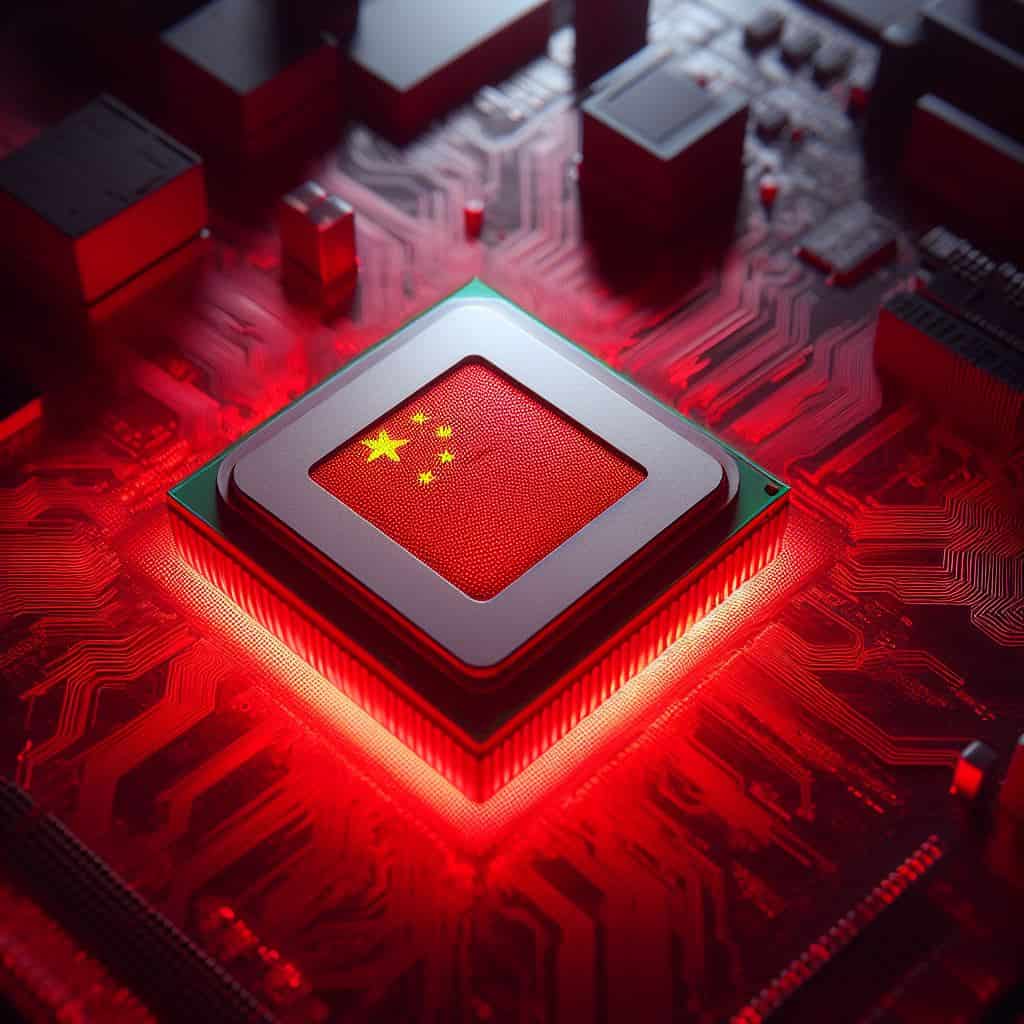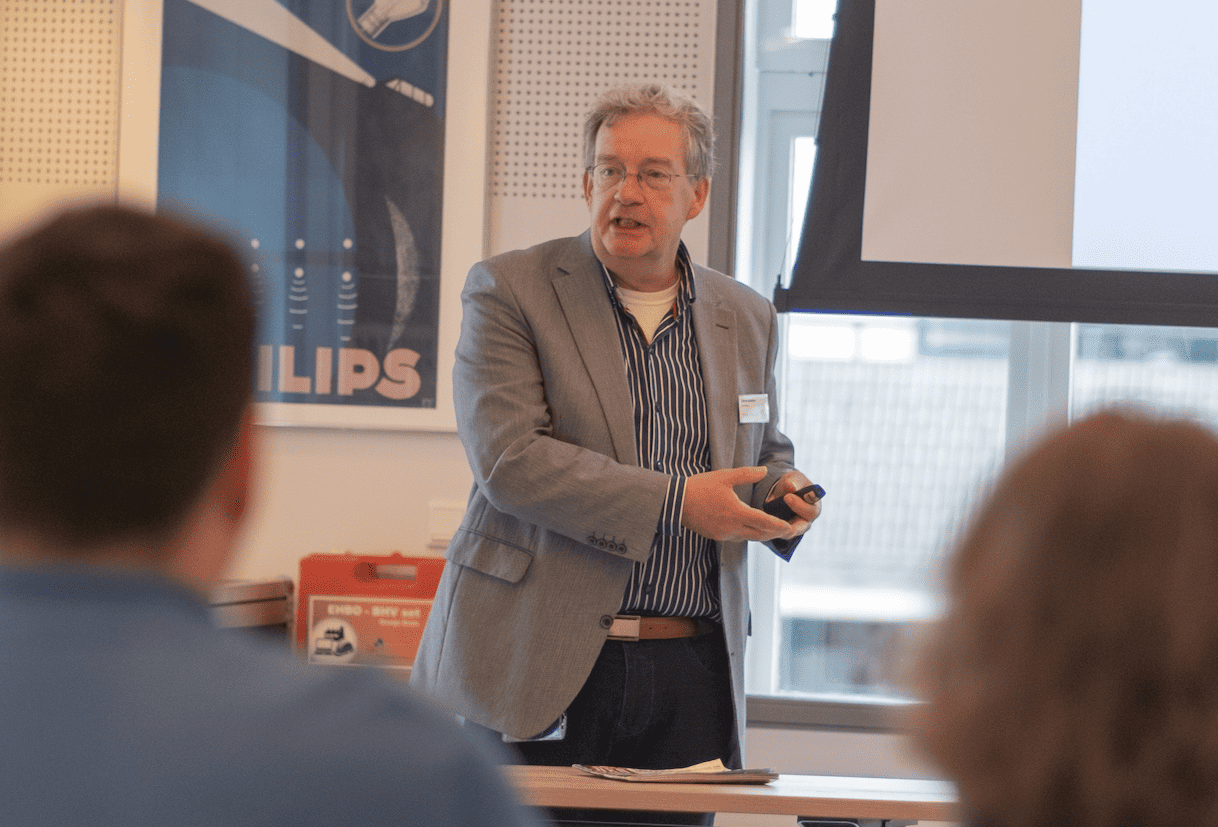
Much of ASML’s success is based on Moore’s Law: the number of transistors in an integrated circuit (a chip) can double every two years due to technological progress. Intel founder Gordon Moore invented his Law in the 1960s and since then, the developers have managed to make the chips smaller and smaller. Yet there have always been scholars who claimed the end of Moore’s Law to be nearby – today those voices sound even more powerful than ever.
Nonsense, ASML’s CEO Peter Wennink said yesterday when he presented the annual report. Moore’s Law is as vital and vibrant as ever, Wennink notices. Because not only does ASML still provides proof of the force of that law, “society asks for it too”, Wennink says. “The way in which we deal with our mobile devices requires that the chips that control them become smaller and more powerful; they must be able to process more and more data.”
Smart City developments and the connectivity of devices in the Internet-of-Things are related developments, says Wennink. “How we work and live, but certainly also how we want to be entertained, is, therefore, an important motivation for the further implementation of Moore’s Law. Chips – and especially their application, of course – have reached the level of basic human needs. At ASML we feel that very strongly.”
The Law of Moore – Wennink prefers to call it the Law of Increased Scaling – can go forward for years to come. ASML is even talking about decades. “The extendibility of the law is still very alive. The industry is asking for it, so we support them in their ambition to achieve no less than a billion transistors per square millimeter.”
Wennink is not alone in his optimism about Moore’s Law. Professor Maarten Steinbuch, who often collaborates with ASML in his research, thinks the same way. According to him, this is not only due to increasing the number of transistors per chip. “That’s not the only variable”, he said recently in Signaal. “If I look at the developments at ASML, Moore’s prediction will certainly continue for about thirty to forty years. I base this, among other things, on the current immersion lithography, which has not yet been developed fully. The company is also moving forward with EUV technology. The next step is optical computers, or photonics, followed by quantum computing.”
One of these variables, photonics, is also strongly stimulated by developments in the immediate vicinity of ASML.
Gordon Moore – who at the end of his career also wondered for himself how long his theory would be sustainable – has been retired for a long time; for ASML this is all but a reason for a change of course.










